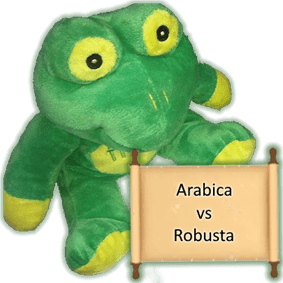Typically the further away a coffee cultivar is away from Arabica heirloom the higher its caffeine content. Heirloom varieties represent only 6% of the coffee grown in the world today. Arabica developed caffeine as a method of defending itself against insects; rather than a means to attract the consumers, who may assist in distributing the seed. Coffee could have evolved caffeine to attract human consumption for all we know (tongue in check).
Methods to Decaffeinate coffee
There are three ways to decaffeinate coffee:
- with a solvent,
- with a filter or
- with a gas.
The two most popular methods are with a solvent is Methylene Chloride – commonly used in paint removal (which has found to cause some lung related diseases) and Ethyl Acetate – primarily used in dry cleaning (linked to skin, eye, throat and delicate skin irritation).
Filtration methods use hot water and filters to remove as much as possible then return the flavour in a cold soak.
The gas-based method uses CO2. Using the fact that CO2 when compressed acts as both a liquid and a gas, the caffeine is removed while most of the flavour remains intact.
This process is performed on the green bean, and the resultant bean is slightly parched, and a darker colour after it has been roasted.
Sugarcane method Decaf
This method of decaffeination uses the fact that fruit juice when it ferments produces a natural form of Ethyl Acetate. Ethyl Acetate (EA) is a liquid which is used to wash the coffee. Caffeine and EA like to be friends so that caffeine molecule is extracted from the raw coffee bean.
Standard Process
The standard process is to treat the coffee beans using the selected method. The treatment then removes the caffeine from the beans. Once treated the coffee is they dried to ensure it is back to the level typical for green coffee ready to roast between 9-11% moisture.
During the treatment and the drying, it is essential that the coffee beans are kept below 36˚C. If the bean temperature exceeds 36˚C the cellular structure of the coffee is compromised, damaging the coffee.
Why does Decaffeinated Coffee taste bad?
Reason 1 – not fresh
Although not always the case (specifically in the coffee we source – La Serrania) many decaf coffees are old crop coffees that did not sell. They are then sent to be decaffeinated so that they be sold. Since many that offer decaf do not check the freshness of crop, this makes the product easier to sell.
The disadvantage is the reason that the coffee did not sell is that it was probably not so enjoyable in the first place.
Reason 2 – damaged
An intact cellular structure in a coffee bean is important. As soon as the cellular structure of a coffee is compromised it leeches all the goodness out of the coffee. Flavour and aroma are the first to go in this case. If the decaf process is too intense, or the drying is a too high a temp, then this will further damage the cellular structure of the coffee.



